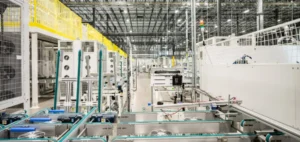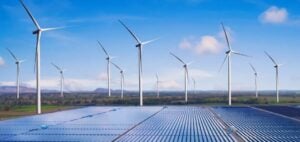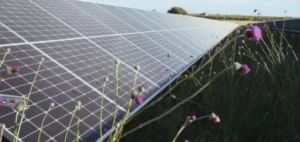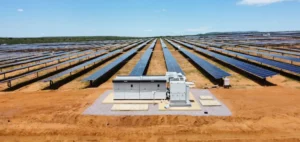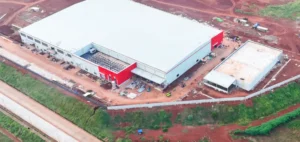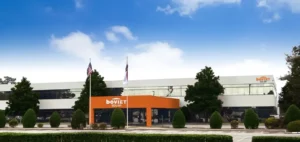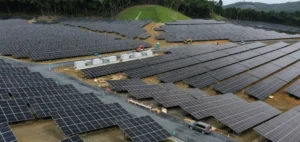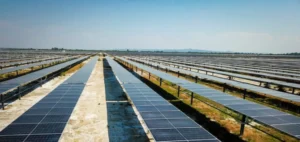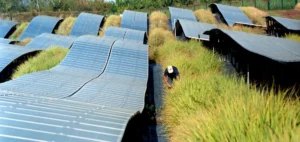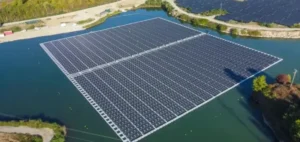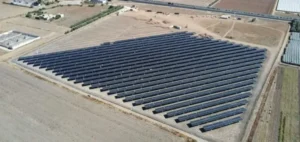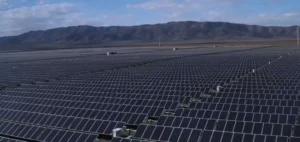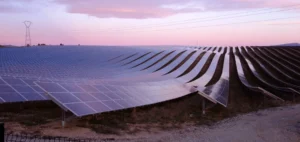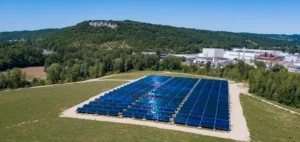RatedPower, now part of Enverus, the most trusted SaaS energy platform, has released its annual findings from nearly 100 diverse industry experts from around the world, as well as over 101,000 simulations. According to the results, the focus in 2023 will be on accelerating the adoption of renewable energy generation, reducing the discounted cost of electricity, diversifying energy sources, and investing in energy storage.
Challenges to be met
After years of falling costs, the renewable energy industry faced new challenges in 2022. Supply chain disruptions related to the pandemic have resulted in higher equipment prices and reduced availability. However, new global capacity installations continued to increase as the pandemic, coupled with the energy crisis, prompted governments and businesses to increase their investments in clean energy and reduce their dependence on imported fossil fuels.
A Green Direction for a Clean Energy Future
“In the coming year, we expect the green transition to provide a huge boost to investment in solar photovoltaic (PV) panels – for residential, commercial and industrial installations, as well as large-scale utility installations. The industry is increasingly looking for ways to incorporate battery storage and clean, green hydrogen into renewable installations to maximize supply,” said Andrea Barber, vice president of energy and renewables at Enverus and co-founder of RatedPower when the report was released.
Diversification, a key to success
To gain a better understanding of the state of the industry and key trends for this year and beyond, RatedPower engaged more than 100 experts from energy companies of all sizes around the world and conducted an in-depth survey that includes their opinions on the challenges and opportunities ahead. In addition, the report analyzes data from RatedPower’s solar plant simulation software to highlight key trends and the world’s top manufacturers in 2022.



